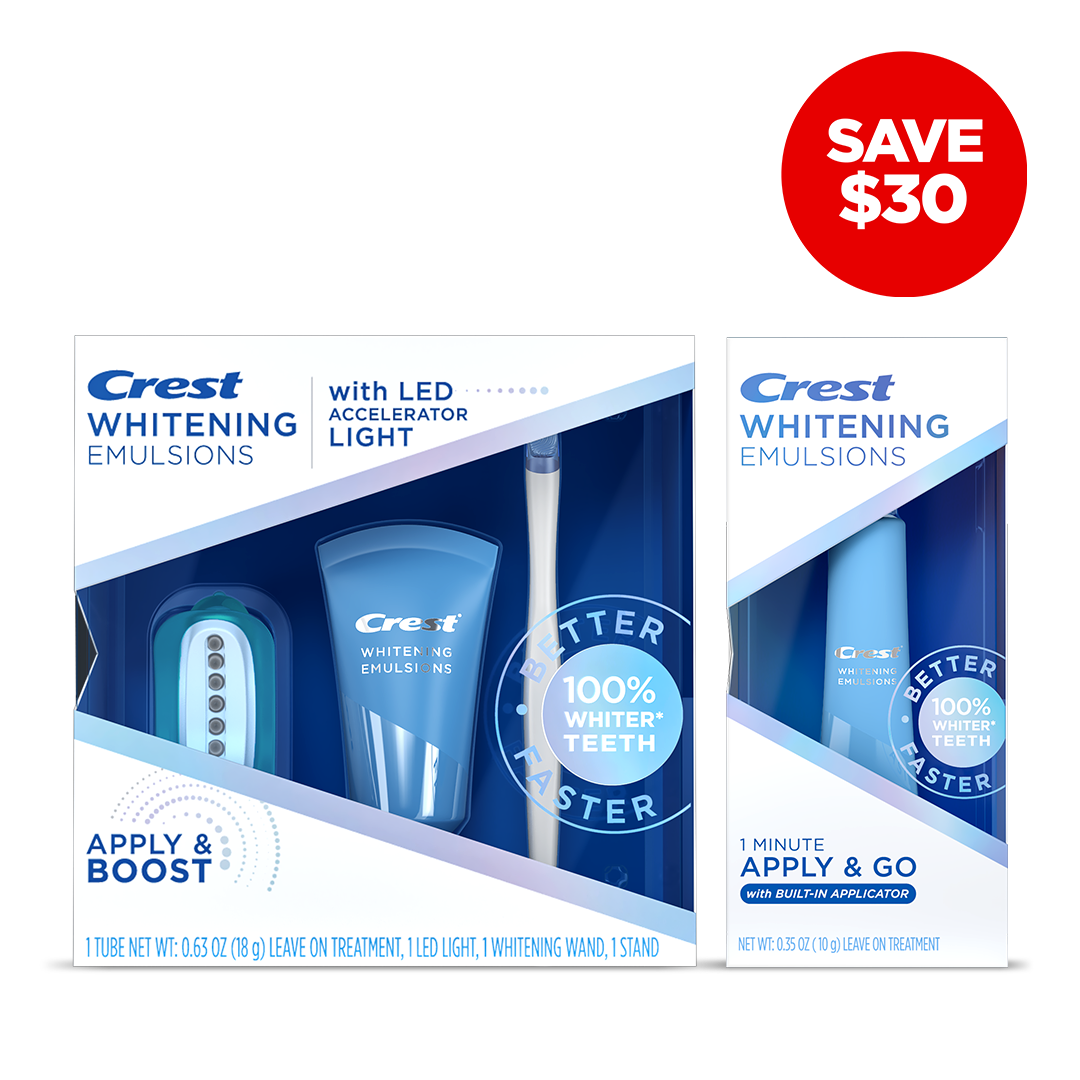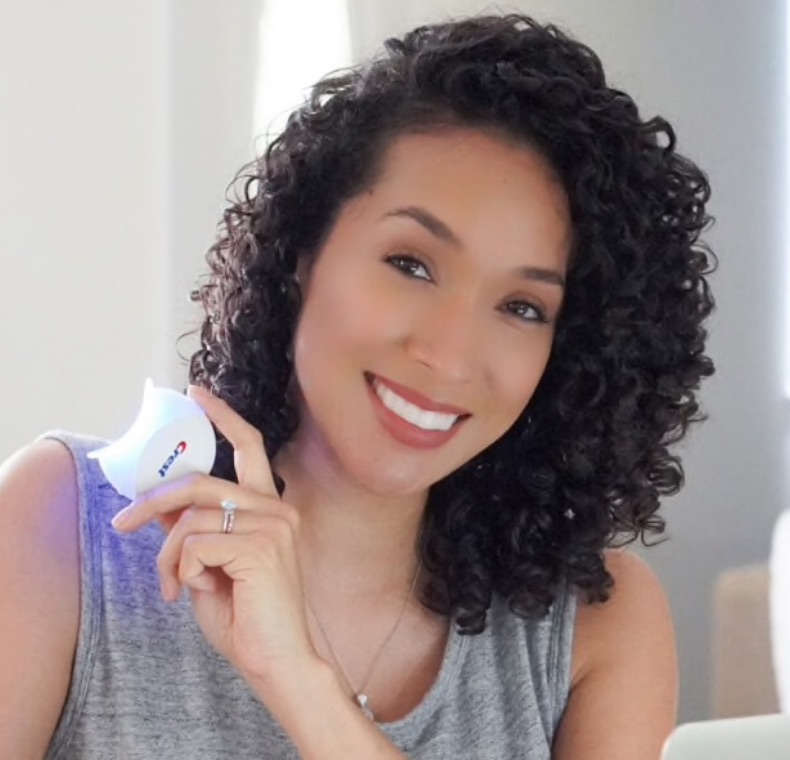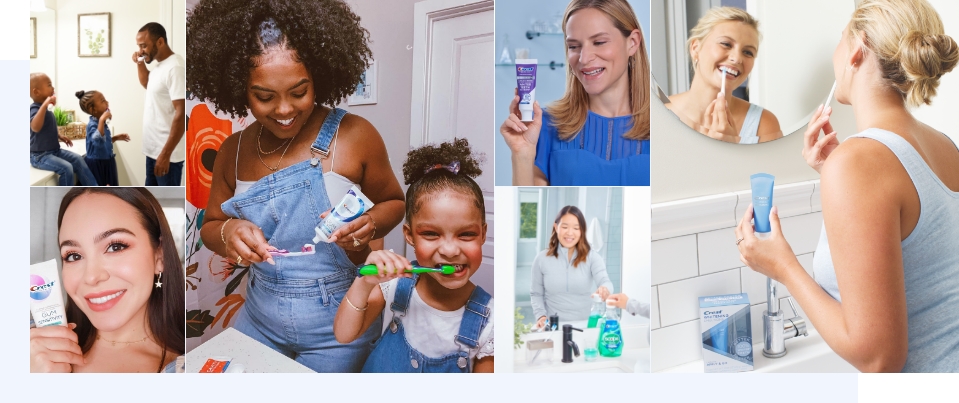TEETH-STAINS
Top 20 Reasons Why Teeth Get Stained
 Top 20 Reasons Why Teeth Get Stained
How to Remove and Prevent Stains on Teeth
Top 20 Reasons Why Teeth Get Stained
How to Remove and Prevent Stains on Teeth
A bright, strong smile can do wonders for both your confidence and your oral health. But what happens when your smile gets diminished because of tooth stains? Fortunately, knowing what causes stains on teeth to appear can be the first step in helping to avoid them altogether. Here are the top 20 reasons why teeth get stained so you can better prevent future stains from blemishing your smile.
Top 20 Reasons Why Teeth Get Stained
General Oral Care
Your daily oral hygiene routine directly impacts the health and look of your smile. A poor oral care regimen can leave teeth vulnerable and more susceptible to staining. Practice a thorough oral hygiene routine of twice daily brushing and flossing at least once a day to help keep stains from taking up shop on your teeth. Consider incorporating a whitening rinse like Crest 3D White Diamond Strong Mouthwash into the mix to help keep your smile bright and healthy. Its gentle foaming action safely whitens by removing surface stains while simultaneously strengthening your tooth’s enamel for a more resilient smile.
Plaque and Tartar
Plaque is a film of bacteria that forms on your teeth throughout the day. If not brushed or flossed away consistently, plaque can then harden into tartar, a yellow-brown substance which can only be removed by a dental professional. You can better prevent tartar by removing more plaque daily with your oral care routine. By switching to an electric toothbrush, like the Oral-B iO Series 9, you can remove 100% more plaque than a regular manual toothbrush.
Tooth Decay
One of the more obvious tooth discolorations is in the form of a cavity, or tooth decay. Cavities are pits, or holes, that form on the tooth due to damage to the tooth’s enamel. If left untreated, cavities can lead to infection, sensitivity, and even tooth loss. One of the best ways to prevent tooth decay is to follow a good oral care routine and visit your dental professional at least twice a year for professional cleanings and checkups.
Enamel Hypoplasia
In short, enamel hypoplasia simply means underdeveloped tooth enamel. Since enamel is the outermost layer of the tooth, it helps protect the tooth from staining, sensitivity, and decay. However, when enamel is weak or incomplete in development, your tooth is left more vulnerable to discoloration and other oral care issues.
Dental Fluorosis
A common condition that affects children, dental fluorosis can lead to softer enamel and discoloration. Often, the condition does not influence tooth function, nor does it cause pain. However, if you suspect that your child may have fluorosis, see your dental professional as soon as possible.
Tobacco Use
Whether smoked or chewed, tobacco products can impact the look and health of your smile. To prevent teeth staining caused by tobacco, it’s simply best to quit using tobacco altogether.
Medications
Certain types of medications, like those for blood pressure or antihistamines, can cause staining on teeth. Simply, continue to adhere to a complete oral hygiene routine to help limit any tooth discoloration that may occur.
Trauma or Disease
Any types of illness or trauma that occurs to children’s developing enamel by age 8, whether in the womb or beyond, can cause teeth staining. Trauma to adult teeth can also lead to tooth discoloration.
Red Wine
Dark pigments, acids, and natural dyes in red wine can all contribute to teeth staining. Swishing with water after a glass can help prevent these stains from sticking to teeth. Additionally, if you’re on the go, a great go-to option to help remove surface stains after a glass of red wine is a whitening pen. Crest Whitening Emulsions with Built-in Applicator can be applied in seconds, is enamel-safe for daily use, and helps whiten with virtually no sensitivity.
Coffee and Tea
Though delicious, these beverages are known to stain teeth thanks to a naturally occurring substance referred to as tannins. Tannins is the ingredient that sticks to tooth surfaces leading to discoloration. Plus, both coffee and tea also contain acids which can weaken tooth enamel, making it easier for the tannins to leave behind stains.
Acidic Foods and Drinks
Foods and drinks that are high in acids can help contribute to teeth staining. That’s because acids eat away at the tooth’s enamel, making it easier for discoloration to occur. Common foods with high acid content include vinegars, tomatoes, grapes, lemons, and berries. You don’t have to remove acidic foods from your diet, simply stick to a good oral care routine so surface stains don’t stick to your teeth.
Citrus
All citrus is high in acid content, which can leave your teeth more susceptible to staining. However, you don’t have to say goodbye to the Vitamin C offerings of lemons, limes, grapefruits, and oranges. A thorough oral hygiene regiment and whitening solutions can all help to prevent and remove surface stains from teeth.
Sweets and Candy
Sugar is a common culprit of tooth decay, and in turn, teeth staining. Foods and drinks high in sugars should be avoided, when possible, but you can keep your sweet tooth from getting stained. Make sure to brush twice daily, floss at least once a day, and see your dental professional at least twice a year to make sure sugar doesn’t cause too much damage to your oral health.
Sugary Drinks
Soda, sports drinks, and even juices can stain teeth because of their high acid and sugar contents. Sugars simply contain a breeding room for bacteria in your mouth. To keep your smile healthy and neutralize plaque bacteria consider brushing with an enamel repair toothpaste to keep your smile bright.
Starchy Foods
Certain foods are simply more detrimental to your teeth than others. One of those is starchy foods such as white bread, pasta, and potatoes. That’s because these types of foods not only tend to stick to your teeth, but starches soon turn into sugars in your mouth creating a ripe environment for bacteria to eat away at your enamel and produce teeth stains in the process.
Food Coloring
Food coloring agents contain dark pigments which when exposed to consistently can leave behind stains on teeth. Plus, most foods containing chemical dyes or food coloring, such as red velvet cake, tend to also be high in sugars, which is known to impact oral health and cause tooth discoloration. If you’re noticing your smile starting to lose its luster, it can help to add a whitening toothpaste to to your oral care routine. Crest Gum & Enamel Repair Advanced Whitening Toothpaste helps repair enamel, neutralizes plaque bacteria, and lifts surface stains for a brighter, healthier smile.
Dark Pigmented Foods
Any food that has a darker hue to it has the chance to leave surface stains on your teeth. Foods such as beets and blackberries contain dark pigments, however, these types of stains can easily be prevented and removed. If you’re dining out, Crest Whitening Emulsions can easily be swiped on your teeth to help keep them free of stains.
Aging
Stains happen over time. So, the older you get, the more exposure your teeth get to stain-causing agents. Surface staining, weakened enamel, and darker dentin (the layer underneath your enamel), are all culprits here.
Genetics
Certain people simply have naturally whiter teeth than others. Tooth color can vary from person to person, and some have slightly more yellowish hues to their smiles. Speak to your dental professional about your whitening options such as using an over-the-counter tooth whitening kit. Crest 3DWhitestrips with LED Light is an at-home treatment that is safe and effective when it comes to brightening up teeth.
Dental Work
Dental materials like fillings can deteriorate over time. This deterioration can leave behind stains on your teeth. If you’re concerned about any old dental work that you may have, see your dental professional for a checkup and tooth whitening recommendations.
How to Remove and Prevent Stains on Teeth
Teeth stains are simply a part of life, but there are steps you can take to prevent stains from setting in and remove any that may have already affected the hue of your smile.
- Teeth whitening strips like Crest 3DWhitestrips can help remove over 15 years of tough, set-in stains. This at-home treatment is ADA-accepted, safe and effective when it comes to whitening your smile.
- Teeth whitening pens are a great go-to, especially when you’re on the move. Crest Whitening Emulsions can help reveal a brighter smile fast. Plus, when paired with an LED accelerator light, the whitening formula can further break down stains more rapidly for even better teeth whitening results.
- Whitening and gum care toothpaste can help remove surface stains while also protecting your gum line. Crest Gum Detoxify + Whitening 2-step Toothpaste helps neutralize plaque bacteria around the gum line to treat and prevent early gum disease. To further remove food and drink stains from teeth, pair the whitening toothpaste with 3DWhitestrips for ultimate teeth whitening.
- Switch to an electric toothbrush equipped with a whitening mode like the award-winning Oral-B iO Series 9. It gently polishes away surface stains and delivers a whole-mouth clean.
- Swish with a whitening rinse like Crest 3D White Diamond Strong Mouthwash. The unique formula can also help protect your gums from the early stages of gum disease and strengthen enamel.
- Be sure to see your dental professional every 6 months for cleanings and checkups. You can also speak to your dental professional about which teeth whitening method is right for you.
To continue to maintain a bright and healthy smile it’s important to follow a thorough, daily oral hygiene routine of brushing 2X/day for 2 minutes and flossing at least 1X/day.
Sources:
https://crest.com/en-us/oral-care-tips/teeth-stains/teeth-stains-causes-types-how-remove-teeth-stains
https://my.clevelandclinic.org/health/diseases/10958-tooth-discoloration
https://www.healthline.com/health/brown-spots-on-teeth#causes
https://www.healthline.com/health/foods-that-stain-teeth#teeth-staining-foods-and-drinks
Discover More
 Teeth Stains: Causes, Types, and How to Remove Teeth Stains
Teeth Stains: Causes, Types, and How to Remove Teeth Stains




